This week we continue with our tribute to a lens series, with the Canon EF 16-35mm f/2.8L II lens. Once again, I’m going to share 10 photos made with this lens over the last six years, with some commentary on why I found this glass to be so very special.
To give you a bit of background before we start, I feel that I need to give an honorable mention to this lens’ two predecessors. When I bought my first digital SLR camera back in 2001, the line I used to my wife to get spousal approval to buy such an expensive piece of kit, was that I already had lenses. I just needed to buy the body and I was set.
At the time I owned a 24mm prime lens, a 35-105mm zoom and a 100-300mm zoom lens. The 24mm was actually pretty good, but the 35-105 and 100-300 were absolutely crap lenses, and I was only able to see this when I started shooting digital. Even at 3 megapixels I quickly saw that these lenses weren’t up to scratch, and also, because my D30 was a crop factor camera, even my widest 24mm lens was only the equivalent of a 38mm focal length, so I needed something wider, and with good image quality.
To the delight of the camera manufacturers, I’m sure this is what happened with a lot of people, but I turned my sites to the L series lenses, which had until that point been strictly for pro use. Hobbyists just didn’t seem to buy L lenses, but when digital camera along and showed us the flaws in regular lenses, people started looking at L lenses, whether they were pros or not, and at the time, I definitely was not.
With my promise of spending no more money still fresh on my lips, I decided to pass over the new 16-35mm lens that had just been released, and went for the cheaper 17-35mm f/2.8L lens, which had been released five years earlier. If you’ve been following this podcast for any length of time, you’ll probably have already guessed that this was a mistake on my part. The original 16-35mm seriously played on my mind.
I should give myself some credit as I was able to hold off for four years, but in 2005 I finally broke down and replaced the 17-35mm with the original 16-35mm, but that turned out to be another mistake, as Canon replaced the original 16-35mm with the Mark II just 18 months later, and the image quality was significantly better, so I ended up replacing it again, with the lens that we’re paying tribute to today.
I didn’t want to jump into this without first mentioning these two lenses though, as they played a big part in my development as a photographer. Having the ability to go so wide, way before I bought the 14mm prime lens that we looked at last week, and being able to zoom in this ultra-wide range was liberating. Of course, progress continues and I’m now finding myself liberated again by the incredible new 11-24mm f/4 lens that we also looked at recently, and this is why I have just sold my 16-35mm Mark II lens and 14mm lens, and why we are paying tribute to them today.
So, let’s jump in and start to look at our ten photos from the 16-35mm f/2.8L II lens. We’ll go through these in chronological order, and this first photo was made in 2009, a few years after I bought the new Mark II version of this lens, in the Oirase Mountain Stream area. Shot at 24mm, it was the middle of the zoom range, but I have always really enjoyed being able to zoom in and out to get what I consider the ideal framing for any particular scene.
As I mentioned last week, I don’t subscribe to the popular zoom with your feet mantra. There is a track that runs along the valley side at this location, and it’s about a meter wide. If I moved forward, I’ll fall off the edge, and to move backwards I’d have to start boring into the rock behind me. Sure, if it was a 24mm prime lens, I’d have been fine, but with image quality as good as it is with modern zooms, I just find the ability liberating.
Once again, I’ve tried to select images that not only show what the 16-35mm lens enables us to do, but that also played a part in my history as a photographer.
This next image was shot in Miradores de Darwin in Patagonia, at the end of my first voyage to Antarctica. We’d come back to Argentina from the peninsula, and spent a few days photographing in the area before the end of the tour.
In this image, I used the wide angle to accentuate the cracked riverbed foreground by getting down very low, and included the dried twigs as additional elements of interest.
The middle ground is punctuated by the dark patches around other dried plants, and I placed the valley side along the top edge, and the black and white conversion helped me to bring out some texture and detail from what was otherwise a slightly uneventful sky.
I remember feeling so fortunate to be in this place having just given up my day job to pursue photography full time. I have always loved to travel, and this was really very much a dream come true, to be in a place that carries Darwin’s name on my way back from Antarctica, one of my bucket list locations.
One of the things I love about wide angle lenses is how they distort reality. In this next photo of the giant Gundam statue in Odaiba here in Tokyo is a good example of this. By zooming out to 17mm, and getting in close to the statue, I made the feet look huge, and enhanced the look of the size of this sci-fi spectacle. This actually moves and blows smoke etc. so it isn’t really a statue, but the movements are limited, so it isn’t really a robot either. It’s pretty cool either way.
The next photo represents another milestone in my own photography career, as I shot this photo of the Golden Gate Bridge during my first visit to the US after incorporating Martin Bailey Photography, to run my sort of semi-world tour, of Pixels 2 Pigment workshops. This is a great memory shot as well, as I was spending valuable time with friend Jack Andrys in this popular but iconic location.
I also recall receiving a silk wallet from my brother when I was a kid, with an illustration of the Golden Gate Bridge on the front. My brother had just joined the army and was traveling the world. I remember being a little bit envious, but mostly very proud of my big brother.
I mentioned earlier that the 17-35mm lens that I initially bought was my first Canon L lens, but since those early years of digital, I’ve really learned to value the weatherproofing of Canon L glass. I’m not one for mollycoddling my gear, and I have in fact had moisture inside my 16-35mm lens a few times, but in general, I allow it to get wet when necessary, and fewer places on the planet will put your gear to the test as much as Antarctica. We quite often find ourselves being splashed with sea spray, which doesn’t do gear much good, but generally a wipe with a damp cloth when you get back to your cabin is enough to keep things working well.
This photograph is from Cierva Cove, as we sailed around the cove in our Zodiac. This was during my fourth expedition down there, and third in a row in 2012. Again, this photo is very special to me, not just because I love the photo, but it reminds me of how fortunate I am to be leading this life. Here I opened up the lens to 16mm, to really accentuate the foreground water and monolithic icebergs.
I do like using wide angle lenses in places like the Tokyo International Forum building too, as we see in this next image. I included this image not only because I like it, but I am finding more and more that I enjoy images like this more when I’m able to include a human figure. As a nature photographer, I often wait quite a while to get a scene with no people in it, but quite often this is just what an image needs to really give it some context, as I believe was the case with this image.
The human figures in this next image are so small that you can hardly make them out, but then I didn’t need them here, in this photograph from my first Iceland Tour. Again, a testament to the weatherproofing of this lens, the spray from the waterfall here was literally pounding down on me as I shot this. I was literally rotating the camera towards me, away from the mist, for long enough to wipe the front of the lens clean, and then covering it with a cloth as I rotated the camera back around to face the scene, then I’d get one shot having whipped the cloth away, before the mist covered the front of the lens again.
I actually generally recommend using an air blower to remove droplets of water from lenses in the field, but when you are being constantly spritzed you have to wipe the lens with a cloth, which quickly becomes soaked through, but it’s workable to get the shot. The people by the way are the tiny dots along the ridge at the top right, to give you an idea of the scale of this amazing place.
Still in Iceland, but on my second tour there last year now, when I shot this side angle of the Hallgrímskirkja Church in Reykjavik. We do kind of a bonus day on the first day as people make their way into town, and go for a walk to the church and a few other locations in town. Reykjavik is a beautiful place, and this church, actually the third highest structure in Iceland, stands proud at the top of the hill behind the main street.
I love the design of this architecture, with it being made up of pillars like the basalt columns that we see over at Vik during the tour. I thought this was a fun angle too, although it was not that wide, as I’d zoomed in to 35mm for this one. Still, I thought it worked well with the columns leading down towards the camera and out the right side of the frame.
In this next photograph, we go back to the Oirase Mountain Stream here in Japan, to the same waterfall, Choushi Outaki, that we looked at in the first photograph today. That photo was more about the beautiful lush greens of course, but this one is from last October when the fall color was painting the valley gold.
This is from a slightly higher perspective than the first shot, and I zoomed out to 17mm for this one, to include more of the fall foliage, which is obviously more important for this photograph. I’m always in awe of waterfalls. They pour millions of tons of water continuously, year in year out, and there’s just so much power in them, yet they are so beautiful.
I also really like the cyclic nature of our photography. There is just over five years between these two photographs, and in many ways I feel my photography has changed and hopefully improved in that time, but I had to chuckle to myself when I checked the EXIF data and saw that I shot both image with a 0.8 second shutter speed, so I’ve been pretty consistent on how I approach photographs like this too. 🙂
The last photo that we’ll look at today is a little bit sad in a couple of ways. Firstly, it’s of a seven old boats, shot during my Hokkaido Landscape Tour in January this year, and these boats all had holes in their hulls or for some other reason had been left here in what I called the boat graveyard. It also saddens me somewhat that this tour was probably one of the last times that I would really, really use the 16-35mm until I sold it this month. I’m happy though that it was able to join me on this adventure, as we had a pretty amazing time together.
I know I’m a big softy when it comes to this stuff, and that’s fine. I’d rather think of my gear in this way. We go through a lot of experiences together, and that in many ways helps to bond us together like old buddies, until the time comes to cut the cord and move on of course.
By the way, if you didn’t notice this already, this last photograph is up for grabs in our current Fine Art Print giveaway, so if you’d like to be in with a chance of receiving a copy of this on Breathing Color’s amazing Pura Smooth fine art media at 17×24″, visit our giveaway page at mbp.ac/giveaway.
You know, our gear comes and goes, and I know that I get too sentimental about this stuff, but I really do like to pay tribute to the tools that enable our craft and art to be what it is. Yes, it’s only gear, and it’s not all about the gear, but with photography being such a technical pursuit, it can’t be ignored either. Neither can we ignore the fact that sometimes we have to put our gear through a lot, and if you select well, it will bear the strain, and deliver the goods, assuming that we are doing what we need to do behind the camera of course. It’s a partnership, after all. Neither of us can do much without the other.
Show Notes
Fine Art Print Giveaway: https://mbp.ac/giveaway
Hokkaido Landscape Photograph Adventure 2016: https://mbp.ac/hlpa
Subscribe in iTunes for Enhanced Podcasts delivered automatically to your computer.
Download this Podcast in MP3 format (Audio Only).
Download this Podcast in Enhanced Podcast M4A format. This requires Apple iTunes or Quicktime to view/listen.



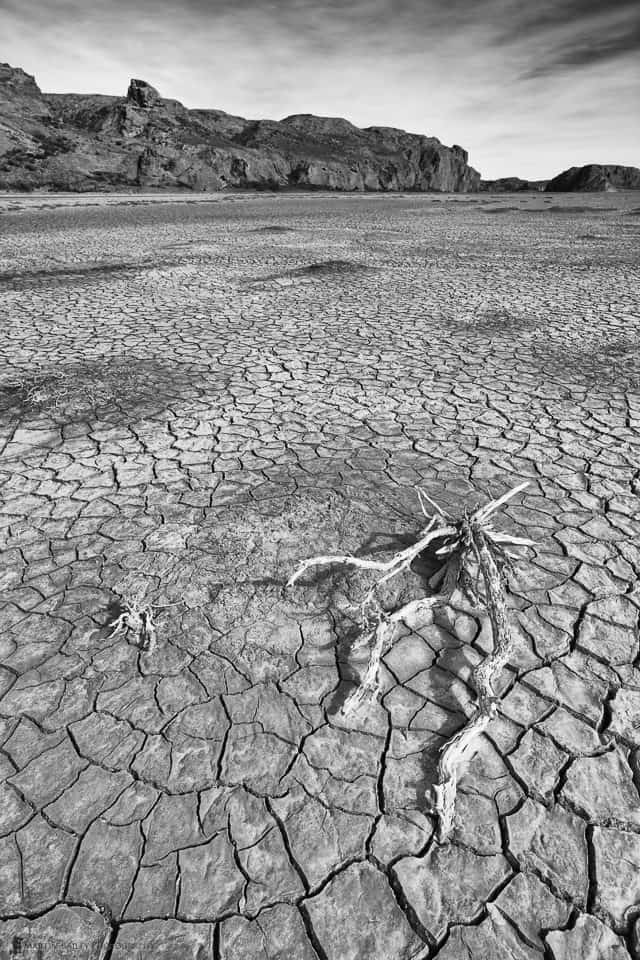
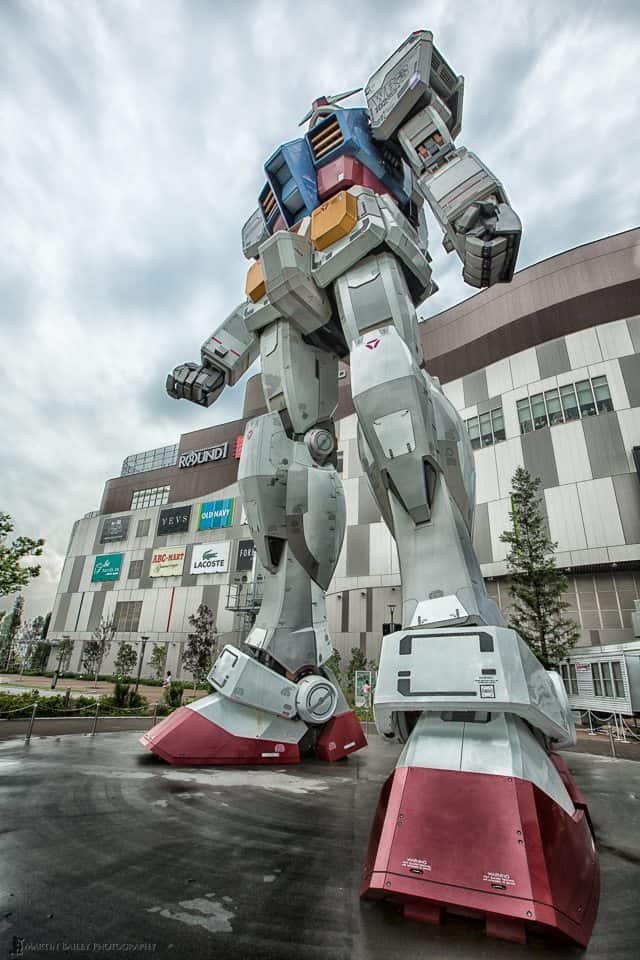
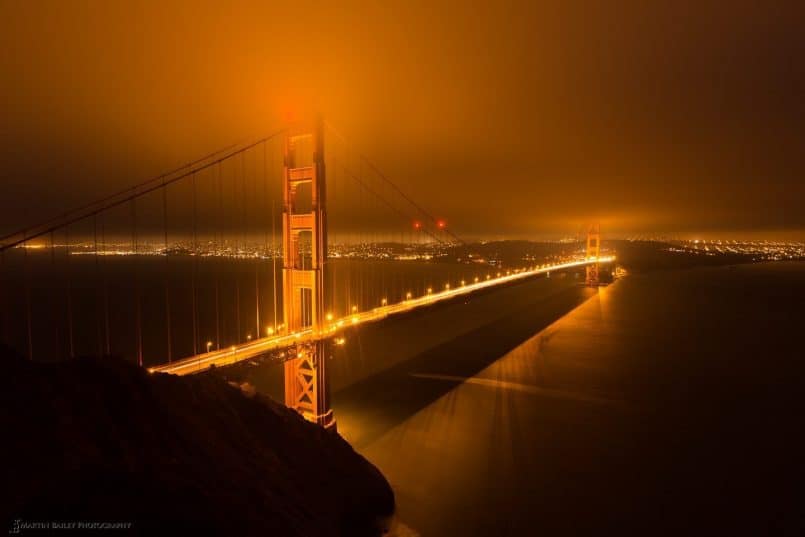
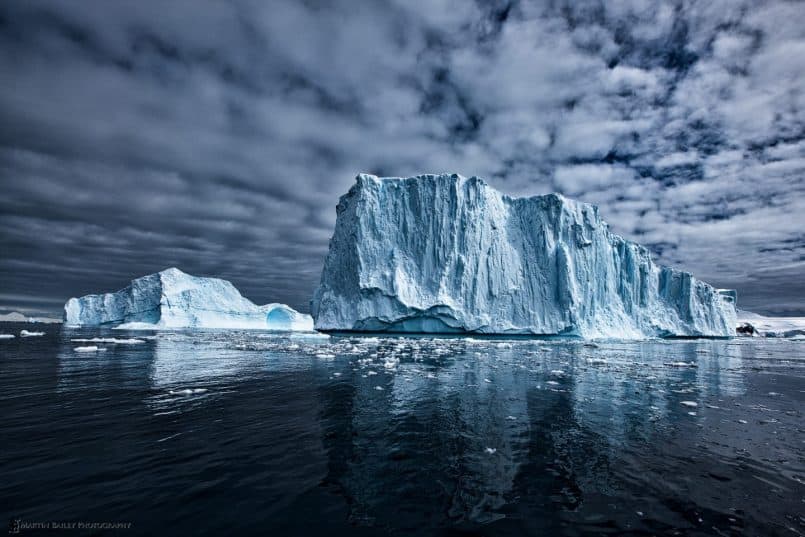
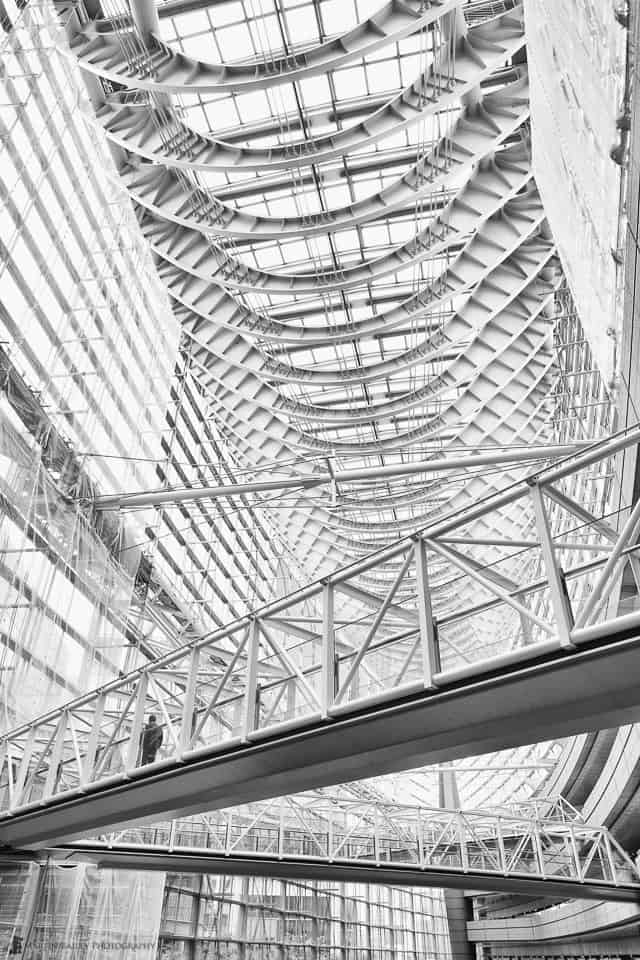
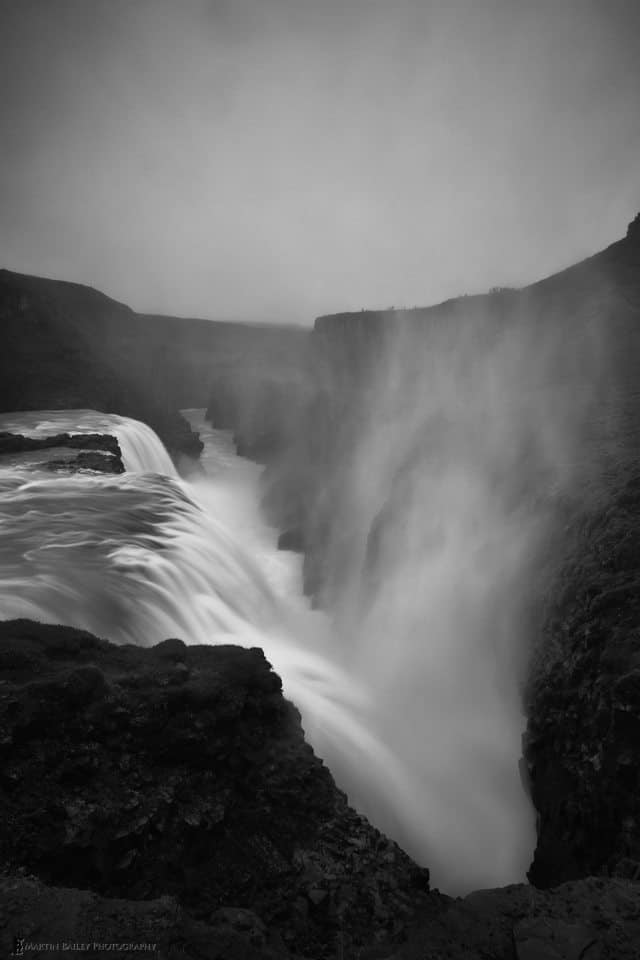

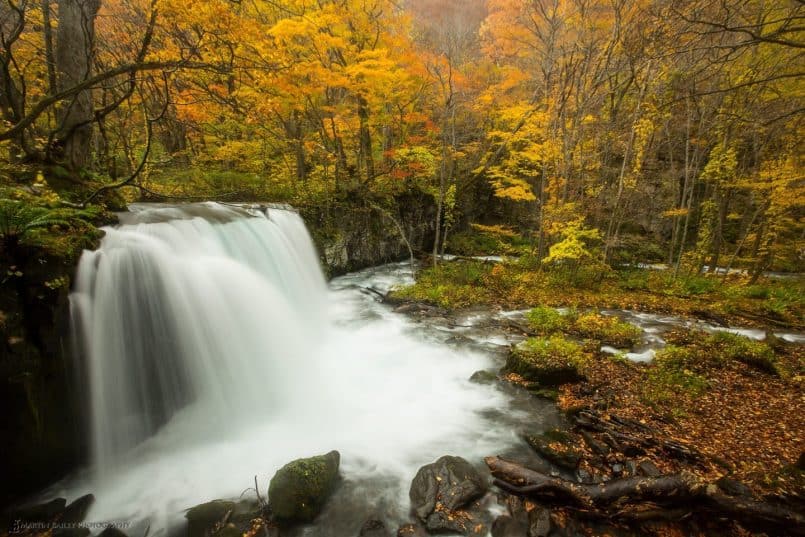
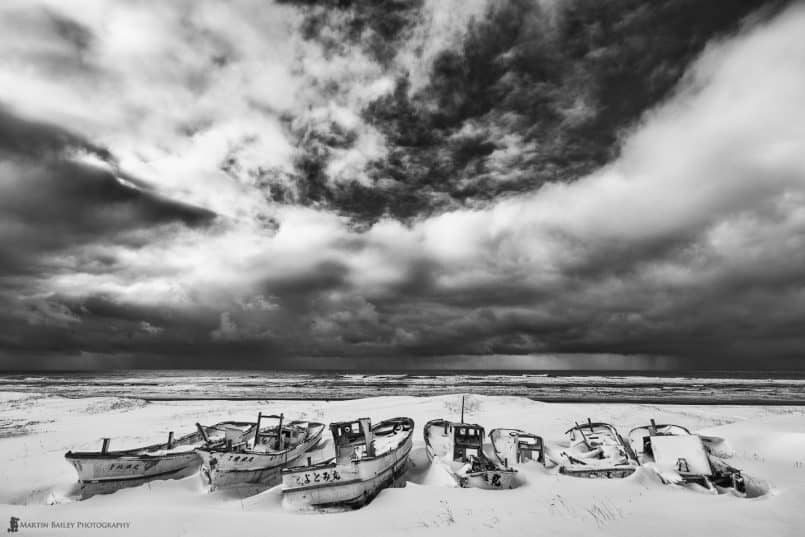

Have you replaced the 16-35mm, if so what with? This is probably my most used lens.
Yes Stephen, I have replaced my 14mm prime and the 16-35mm with the new 11-24mm lens. See my thoughts on the new lens here: https://mbp.ac/465